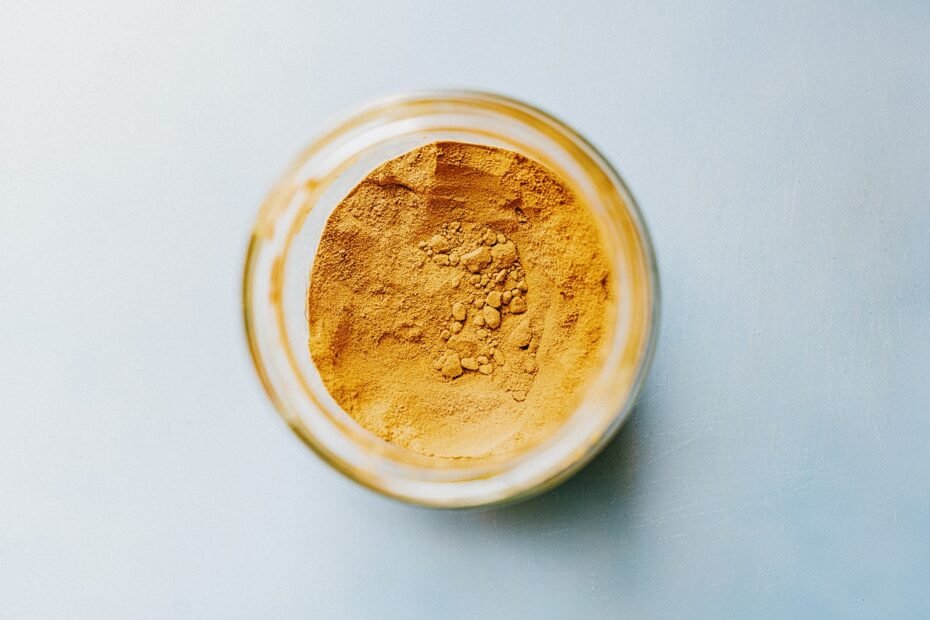You’ve probably heard of charcoal being used in everything from skincare products to water filters. But not all charcoal is created equal. In fact, there’s a big difference between activated charcoal and non-activated charcoal. So, what’s the story? Let’s break it down.
What Is Charcoal?
Before diving into the differences, let’s start with what charcoal actually is. Charcoal is a lightweight, black carbon residue produced by removing water and other volatile substances from plant materials, usually wood. This process is called pyrolysis and involves heating the wood in the absence of oxygen. The result is a black, porous material full of carbon.
What Is Non-Activated Charcoal?
Non-activated charcoal, also known simply as charcoal, is the basic form that you get right after pyrolysis. It’s usually used for things like grilling and certain industrial processes. What’s unique about non-activated charcoal is that it doesn’t go through any additional treatment after pyrolysis. As a result, its surface area remains limited, and it contains more impurities compared to its activated counterpart.
Uses of Non-Activated Charcoal
Non-activated charcoal is most commonly used in:
- Barbecuing: Non-activated charcoal burns steadily and produces a consistent heat, making it ideal for grilling.
- Fuel: It can serve as a slow-burning fuel in various less demanding settings, including some traditional homes.
- Art: Some artists use non-activated charcoal for drawing and creating textured artwork.
What Is Activated Charcoal?
Unlike non-activated charcoal, activated charcoal goes through an additional treatment to increase its surface area and makes it highly porous. This is done by exposing the charcoal to gases or chemicals at very high temperatures. The result? Activated charcoal can trap more substances within its tiny pores, making it super absorbent.
How Is Activated Charcoal Made?
The process usually involves two main steps:
- Carbonization: Just like non-activated charcoal, plant material (commonly wood) is heated in the absence of oxygen to produce carbon-rich charcoal.
- Activation: The charcoal is then exposed to oxidizing gases (like steam or carbon dioxide) or chemicals (like acids, bases, or salts) at high temperatures. This treatment removes impurities and creates lots of tiny pores, drastically increasing its surface area.
Uses of Activated Charcoal
Thanks to its high absorbency, activated charcoal has a wide range of applications:
- Medical Uses: It’s used to treat some types of poisoning because it can trap chemicals and prevent them from being absorbed in the stomach.
- Water Filtration: Activated charcoal can remove impurities and contaminants from water, making it safer to drink.
- Air Purification: It also helps filter air by trapping toxins, making it useful in air purifiers.
- Skincare: Many beauty products contain activated charcoal to help cleanse the skin and absorb excess oils.
Key Differences Between Activated and Non-Activated Charcoal
Now let’s summarize the main differences:
Surface Area and Porosity
The most significant difference is the surface area. Activated charcoal has an enormous surface area compared to non-activated charcoal. This is because the activation process creates many tiny pores, making it highly absorbent.
Purity
Activated charcoal is generally purer. The activation process removes a lot of the impurities present in the raw material, making it more effective at trapping contaminants and toxins.
Applications
Because it is highly absorbent, activated charcoal has a broader range of really crucial applications—particularly in medicine, water and air purification, and skincare. Non-activated charcoal, on the other hand, is mainly useful in simpler, less precise applications like grilling and certain industrial uses.
Visual Differences
You might wonder if you can tell the difference just by looking at them. Both types of charcoal look quite similar—black and powdery. However, if you were to look closely at activated charcoal under a microscope, you’d see that it has many tiny holes or pores, which are mostly absent in non-activated charcoal.
Effectiveness
Effectiveness depends on what you are using the charcoal for. For example, if you want something to consistently grill your food, non-activated charcoal is pretty effective. But if you’re looking to detox your water, remove toxins from your body, or cleanse your skin, activated charcoal is the way to go because of its high absorbent capacity.
Cost
Unsurprisingly, all that extra processing makes activated charcoal more expensive than non-activated charcoal. So, if budget is a big concern, you’ll want to choose wisely based on your needs. Activated charcoal packs more of a punch in specific applications, but you’ll have to shell out a bit more for it.
Environmental Impact
When it comes to the environmental impact, both types of charcoal have their pros and cons. The initial production process (pyrolysis) is common to both, which means both require a substantial amount of heat and plant material. However, the additional activation process for making activated charcoal does use more energy and chemicals, raising questions about its overall environmental footprint.
Conclusion
So, there you have it! Understanding the differences between activated and non-activated charcoal can help you choose the right type for your needs. Non-activated charcoal is perfect for simple uses like grilling or certain forms of art. Activated charcoal, thanks to its high absorption capacity and purity, is the go-to for medical, purification, and skincare applications.
Always keep in mind that each type has its specific advantages and best use cases. So the next time you come across charcoal, you’ll know exactly what kind you’re dealing with and what makes it special.







